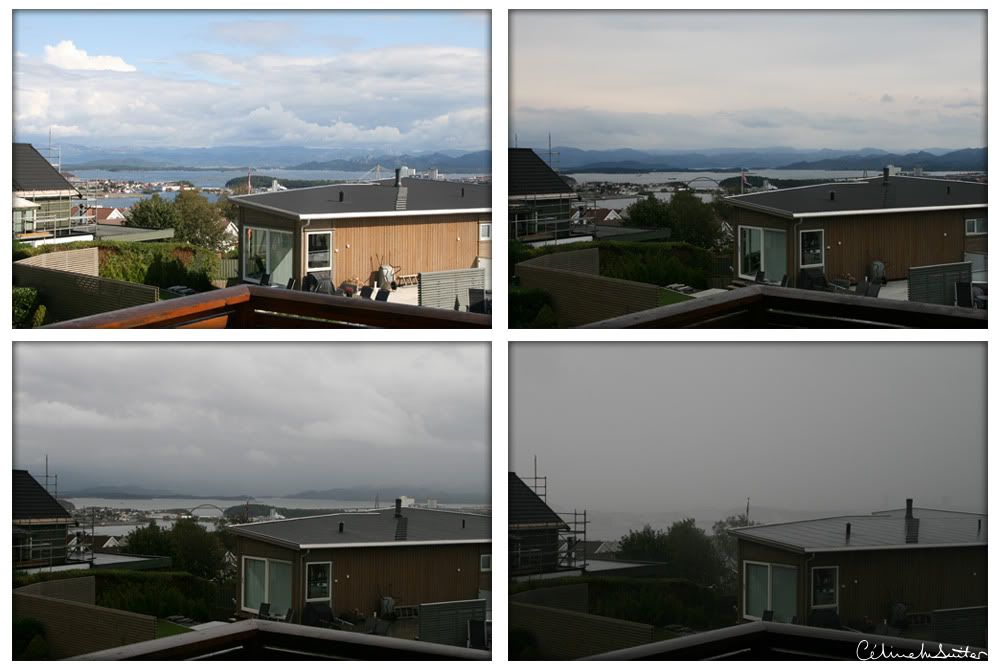...And No Rosetta To Help
When you move to a different country it usually means you’ll have to learn yet another different language. So far beside learning English (French IS my mother tongue after all even if I tend to forget!) and Italian, I learned Spanish (well actually Castellano) while we lived in Argentina, I even had to re learn English when we moved to Scotland (Fit Like? Nae bad) and after spending three years trying to learn Mandarin in order to get the foreign-but-living-in-China price at the local market (there are in fact 4 different unofficial prices: local Chinese, Chinese foreigner, foreign living in China and the “please-quote-me-10time-the-price” tourist) I thought I was through with difficult languages... well think again Celine.
While Chinese in mainland China has many dialects, it has one written form (simplified characters are in used all over China since 1954) which allows everyone to at least understand each other in the written form (all TV programs are subtitled and you often see people tracing characters on their hands if they don’t understand one word).
Well no such luck with “Norwegian”. The North Germanic Norwegian language has two official written forms, Bokmål and Nynorsk (and that’s not counting Sami language) AND there is no officially sanctioned standard of spoken Norwegian, most Norwegians speak their own dialect in all circumstances. “There is general agreement that a wide range of differences makes it difficult to estimate the number of different Norwegian dialects. Variations in grammar, syntax, vocabulary, and pronunciation cut across geographical boundaries and can create a distinct dialect at the level of farm clusters. Dialects are in some cases so dissimilar as to be unintelligible to unfamiliar listeners.” All governmental agencies are required to support both written languages. Bokmål is however used in 92% of all written publications. For example when we opened our bank account we were asked if we wanted to receive our statements in Bokmål or in Nynorsk, well let see: eenie, meeny, miny, moe, catch a tiger by its toe…
One of the difficulties of learning Chinese is the tones: 4 different ones in Standard Mandarin (Putonghua) and 7 in Cantonese. Once you master the tones, the grammar is quite simple (no plural or gender, no tense, etc...) BUT you have to learn the tones because between “mā - 妈” (First tone - high level) and “mă – 马” (Third tone - low falling-rising) there is a world of difference (you are either calling your mother or calling your mother a horse!!!). For the little anecdote I kept asking my Ayi to make some sugar for the kids for dinner when I meant Soup (“Táng”: 2nd, high rising Vs “Tāng”: 1st, high level; but in the written form it is pretty obvious 糖 vs 汤)
Once again I thought I would be safe this time but Norwegian is a pitch accent language with two distinct pitch patterns. They are used to differentiate two-syllable words with otherwise identical pronunciation. “In most eastern low-tone dialects, accent 1 uses a low flat pitch in the first syllable, while accent 2 uses a high, sharply falling pitch in the first syllable and a low pitch in the beginning of the second syllable.[... ]There are significant variations in pitch accent between dialects. Thus, in most of western and northern Norway (the so-called high-pitch dialects) accent 1 is falling, while accent 2 is rising in the first syllable and falling in the second syllable or somewhere around the syllable boundary”.
All this, if I haven’t lost you already, to say that when I was prepared to learn the language and looked up the Rosetta Stone method that’s when I found out that 31 languages were on offer including Latin (who SPEAK Latin nowadays?! -Rosetta Method is a method used by the US State Department to train diplomats. Proven effective by NASA, and the Peace Corp because it’s an interactive language learning software that teaches a new language by immersion), Swahili, Welsh and it even has 2 types of English: British and American but no Norwegian so I’d better go and find another way of learning the local dialect. (Main source: Wikipedia)
|
| Not quite the Rosetta I'm looking for |





 Iron Age Farm
Iron Age Farm










































